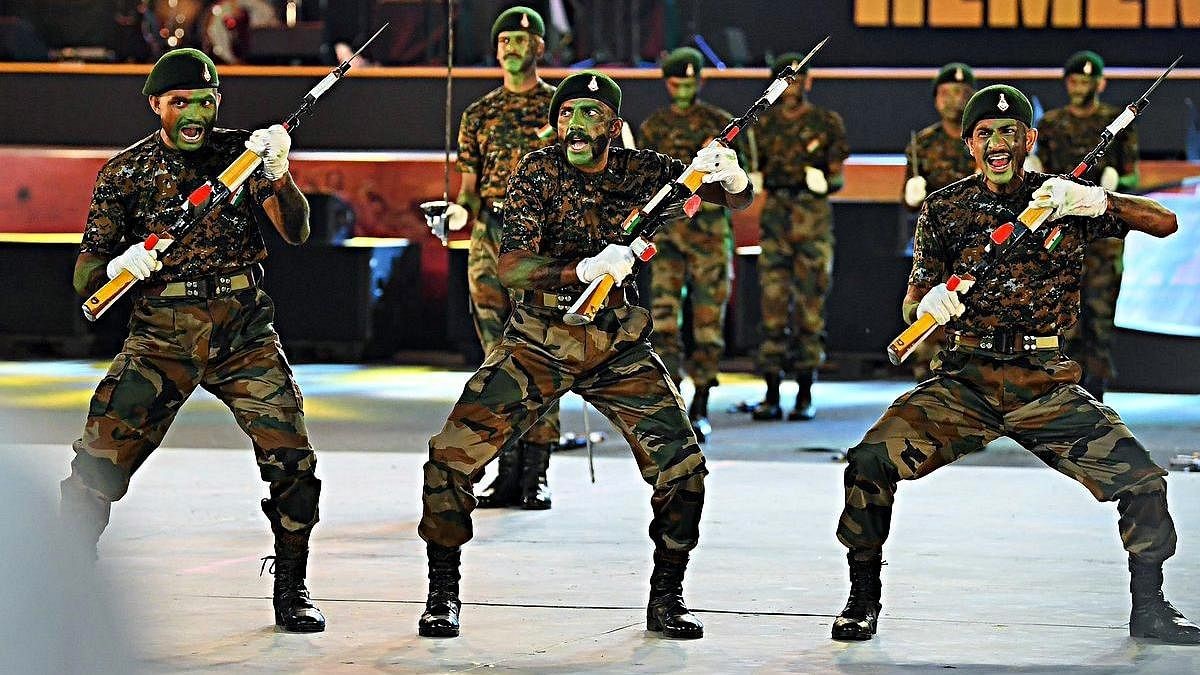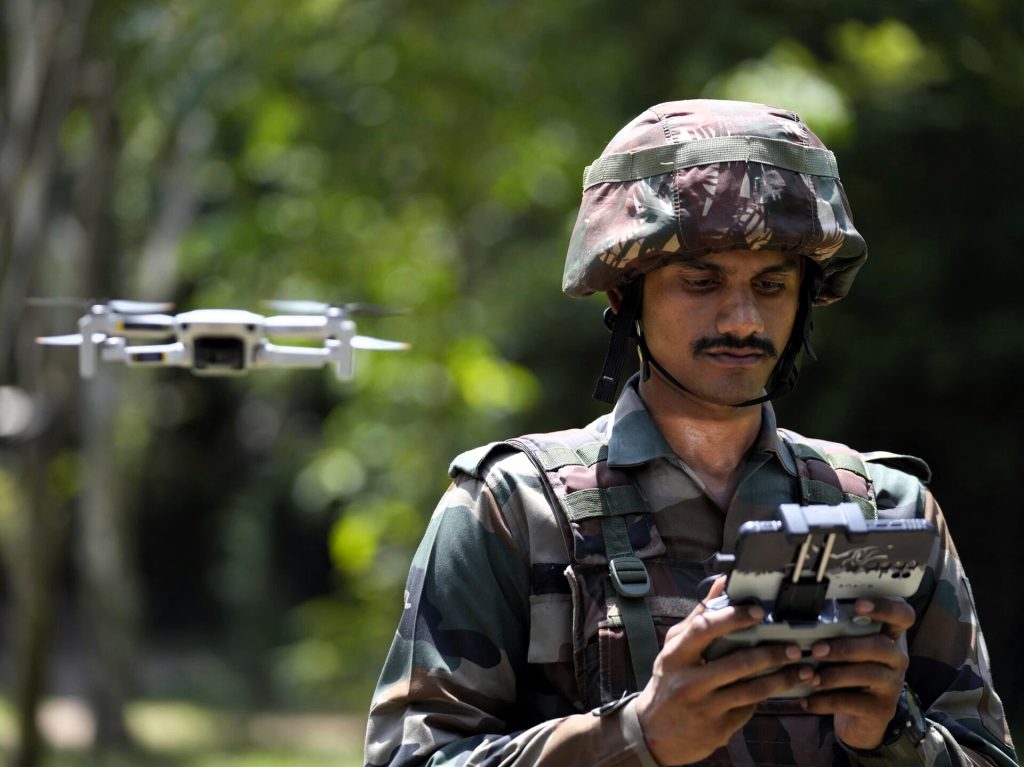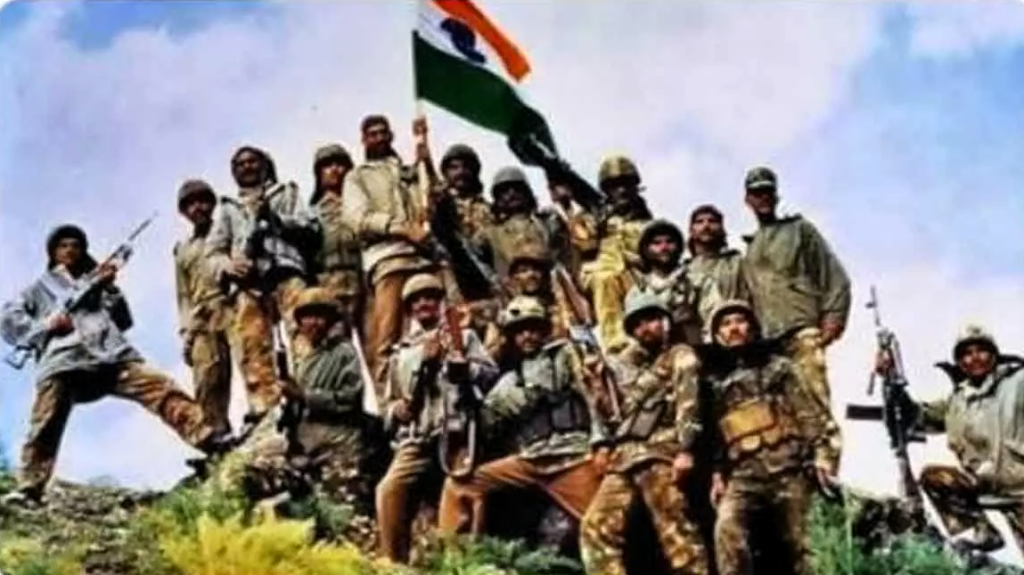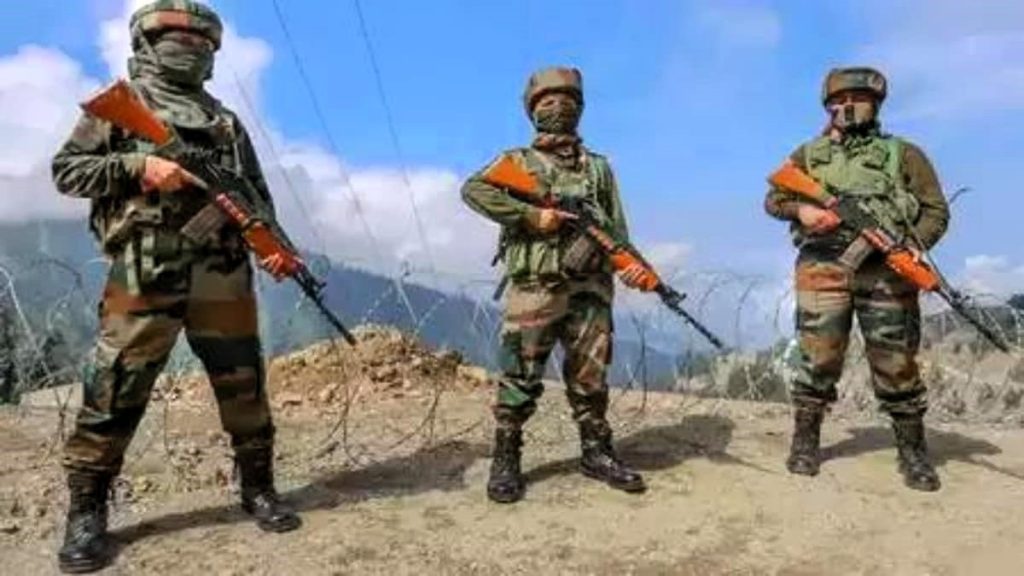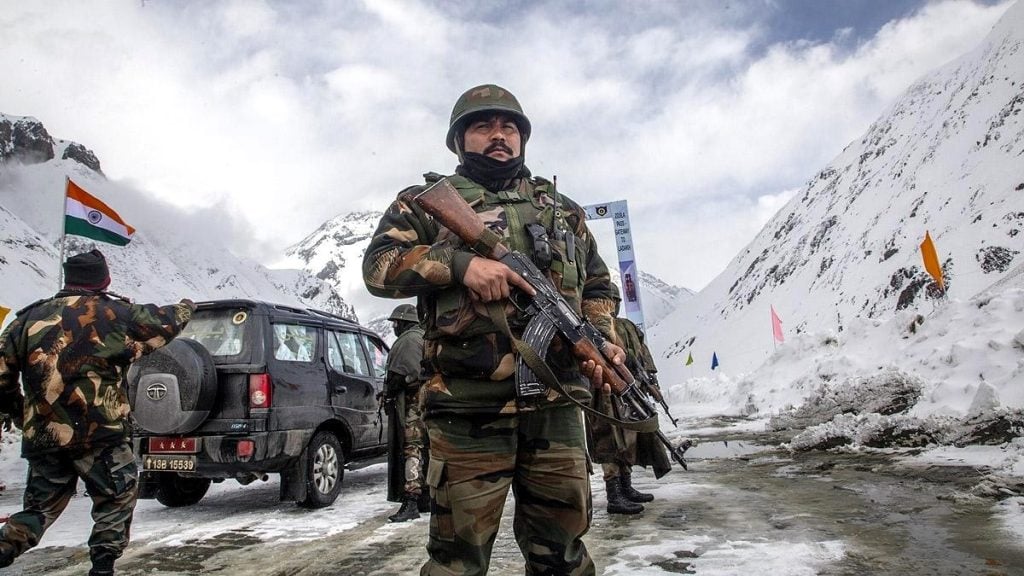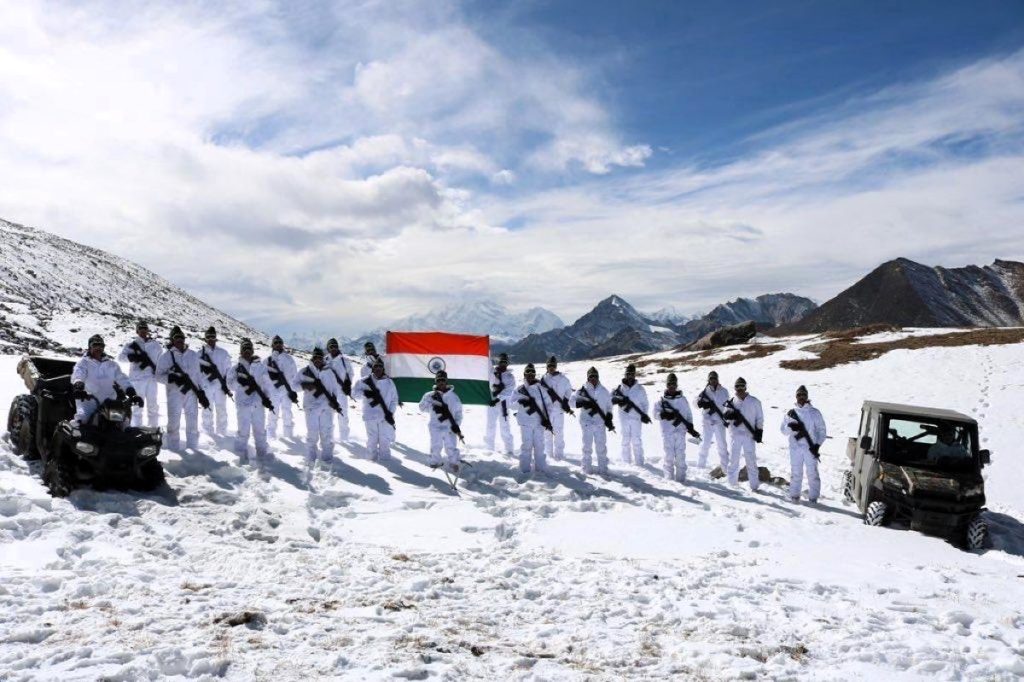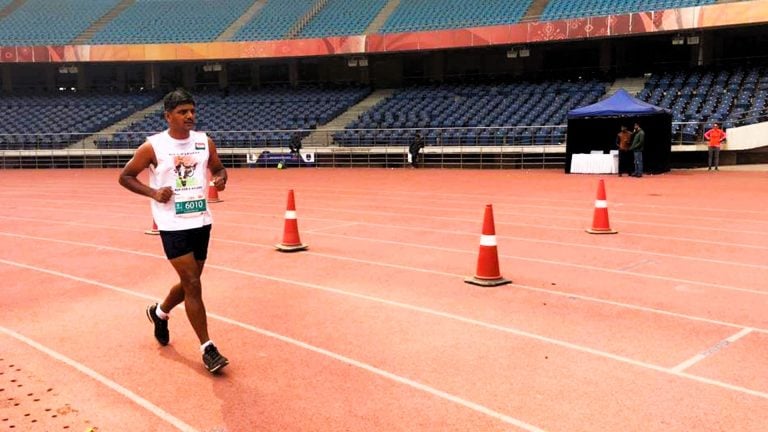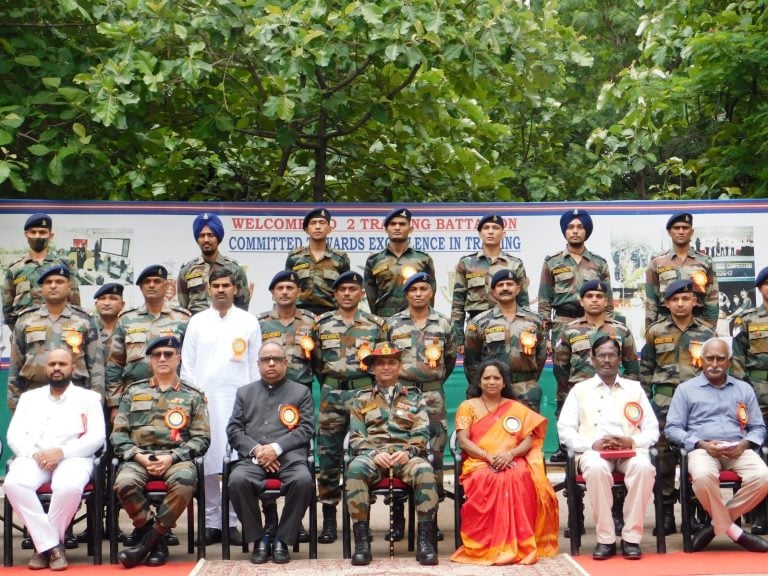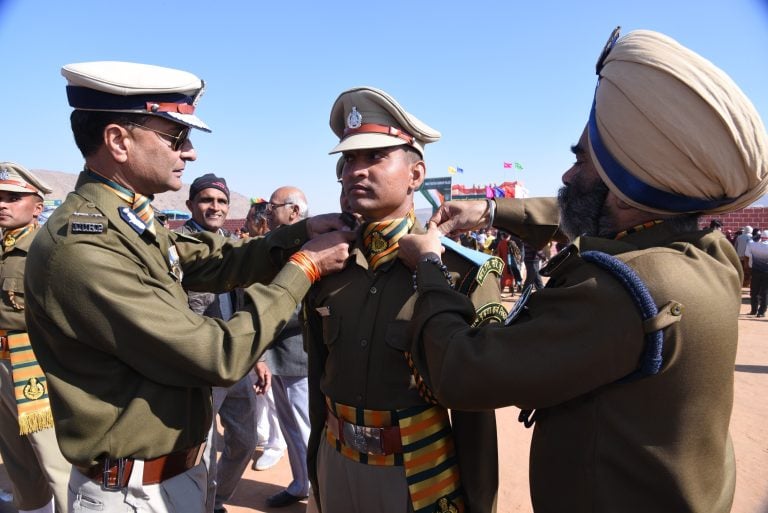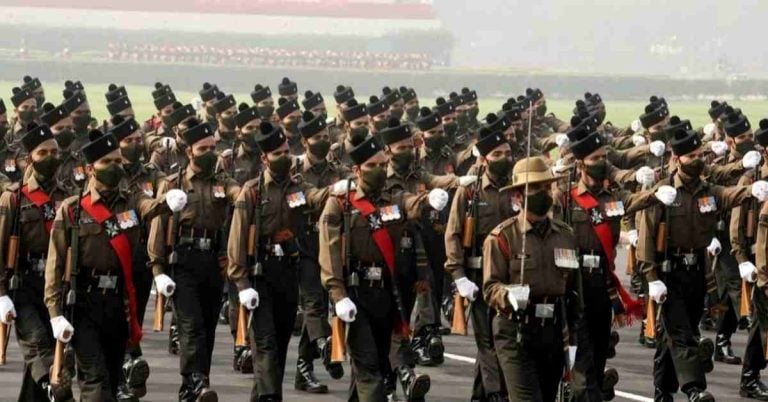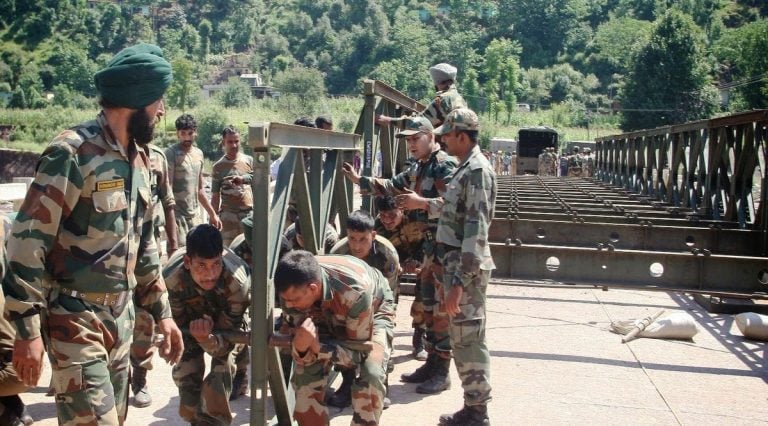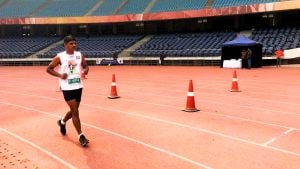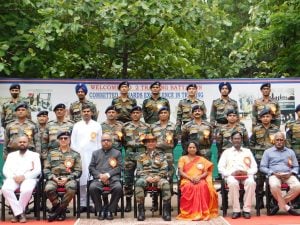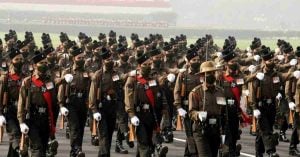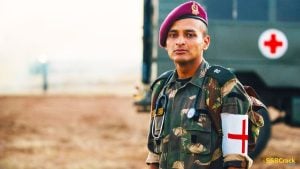In India, the Central Reserve Police Force (CRPF) and the Central Industrial Security Force (CISF) are two prominent paramilitary forces entrusted with crucial national security and public safety responsibilities. Both organizations play significant roles in safeguarding vital installations, maintaining law and order, and providing security in various scenarios. This article aims to provide a comprehensive comparative analysis of CRPF and CISF, focusing on their roles, responsibilities, organizational structure, training, and other pertinent aspects.
Roles and Responsibilities
CRPF (Central Reserve Police Force)
The CRPF, established in 1939, is one of the largest paramilitary forces in the world. Its primary responsibilities include:
- Internal Security: CRPF plays a crucial role in maintaining internal security, counterinsurgency operations, and tackling militancy in various regions across the country.
- Law Enforcement: It assists state and union territories’ police forces in maintaining law and order, riot control, and handling situations of civil unrest or communal tension.
- Election Duties: CRPF is often deployed during elections to ensure the smooth conduct and security at polling stations, especially in areas prone to violence or electoral malpractices.
CISF (Central Industrial Security Force)
Established in 1969, the CISF primarily focuses on providing security to vital installations and infrastructure, including:
- Industrial Security: CISF is responsible for safeguarding major industrial establishments, such as airports, seaports, power plants, refineries, and sensitive government buildings.
- Aviation Security: It ensures the security of airports and aircraft, including passenger and baggage screening, access control, and perimeter security.
- Disaster Response: CISF is equipped to respond to various emergencies, including natural disasters, industrial accidents, and terrorist attacks.
Organizational Structure
CRPF
- Command Structure: Hierarchical with Director-General at the top, followed by Additional Director Generals, Inspectors General, Deputy Inspectors General, etc.
- Units: Organized into battalions, grouped into zones and sectors. Each battalion comprises several companies.
- Specialized Units: Includes specialized units for specific tasks such as counter-terrorism, VIP security, and jungle warfare.
CISF
- Command Structure: Similar hierarchical structure with Director-General at the apex, followed by Additional Directors General, Deputy Inspectors General, Commandants, etc.
- Units: Divided into sectors, regions, and units based on the areas of responsibility. Units include airports, industrial complexes, and other installations.
- Specialized Units: Includes specialized units for bomb detection and disposal, canine squads, fire services, and quick reaction teams.
Let’s represent the organizational structure of CRPF and CISF in a tabular format:
| Aspect | CRPF | CISF |
|---|---|---|
| Command Structure | Hierarchical | Hierarchical |
| Units | Battalions, Zones, Sectors | Sectors, Regions, Units |
| Specialized Units | Counter-terrorism, VIP security, Jungle Warfare | Bomb detection and disposal, Canine squads, Fire services |
Training and Recruitment
CRPF
Recruitment in CRPF is conducted through various stages including physical efficiency tests, written examinations, and interviews. Selected candidates undergo rigorous training in combat operations, weapon handling, crowd control, and other specialized skills at CRPF’s training centers like the National Training Centre for Dogs and the Jungle Warfare School.
CISF
Candidates interested in joining CISF undergo a similar selection process, including physical tests, written exams, and interviews. CISF’s training curriculum focuses on industrial security, aviation security, disaster management, and firefighting techniques. Training is provided at the National Industrial Security Academy (NISA) and other specialized training centers.
Here’s a tabular representation highlighting the differences between the Central Reserve Police Force (CRPF) and the Central Industrial Security Force (CISF):
| Aspect | Central Reserve Police Force (CRPF) | Central Industrial Security Force (CISF) |
|---|---|---|
| Establishment | Established in 1939 | Established in 1969 |
| Primary Role | Internal security, law enforcement, election duties | Industrial security, aviation security, disaster response |
| Area of Operations | Primarily within the country, assists in maintaining law and order | Security of vital installations and infrastructure, including airports and seaports |
| Command Structure | Hierarchical with Director-General at the top | Hierarchical with Director-General at the top |
| Units | Organized into battalions, zones, and sectors | Divided into sectors, regions, and units based on areas of responsibility |
| Specialized Units | Counter-terrorism, VIP security, jungle warfare | Bomb detection and disposal, canine squads, fire services, quick reaction teams |
| Recruitment Process | Rigorous selection process including physical tests, written exams, interviews | Similar selection process including physical tests, written exams, interviews |
| Training Focus | Intensive training in combat operations, weapon handling, crowd control | Focuses on industrial security, aviation security, disaster management |
| Equipment and Technology | Equipped with modern weaponry, communication systems, surveillance equipment, and vehicles | Equipped with specialized equipment for security at vital installations |
Equipment and Technology
Both CRPF and CISF are equipped with modern weaponry, communication systems, surveillance equipment, and vehicles to carry out their duties effectively. However, the specific equipment and technology vary based on their operational requirements and areas of responsibility.
In conclusion, while both CRPF and CISF are integral components of India’s security apparatus, they serve distinct roles and have unique operational requirements. CRPF primarily focuses on internal security and law enforcement, whereas CISF specializes in industrial security and protecting vital installations. Despite their differences, both organizations are essential in ensuring the nation’s and its citizens’ safety and security. This comparison highlights the diverse nature of India’s paramilitary forces and underscores the need for a multifaceted approach to national security that encompasses various specialized agencies like the CRPF and CISF.
FAQs
Q1: What are the primary differences between CRPF and CISF?
The primary differences lie in their roles, responsibilities, areas of operation, and specialization. CRPF primarily focuses on internal security, law enforcement, and election duties within the country, while CISF specializes in industrial security, aviation security, and disaster response.
Q2: How do the organizational structures of CRPF and CISF differ?
Both CRPF and CISF have hierarchical command structures with a Director-General at the top. However, their units and specialized units may differ based on their operational requirements. CRPF is organized into battalions, zones, and sectors, while CISF is divided into sectors, regions, and units based on areas of responsibility.
Q3: What are the specialized units within CRPF and CISF?
CRPF has specialized units for tasks such as counter-terrorism, VIP security, and jungle warfare. On the other hand, CISF has specialized units for bomb detection and disposal, canine squads, fire services, and quick reaction teams.
Q4: How does the recruitment process differ between CRPF and CISF?
Both CRPF and CISF follow a similar selection process, including physical tests, written exams, and interviews. However, the specific requirements and criteria may vary between the two forces based on their operational needs and specialization.
Q5: What is the focus of training in CRPF and CISF?
Training in CRPF emphasizes combat operations, weapon handling, crowd control, and other specialized skills. CISF training focuses on industrial security, aviation security, disaster management, and firefighting techniques.
Q6: Are there differences in the areas of operation for CRPF and CISF?
Yes, CRPF primarily operates within the country, assisting in maintaining law and order and conducting election duties. In contrast, CISF focuses on providing security to vital installations and infrastructure, including airports, seaports, power plants, and refineries.
Q7: How do CRPF and CISF contribute to national security?
CRPF contributes to internal security, law enforcement, and election duties within the country, ensuring peace and order. CISF specializes in safeguarding critical infrastructure and installations, ensuring their security against threats and vulnerabilities.
Q8: Can personnel from CRPF transfer to CISF and vice versa?
While transfers between paramilitary forces are possible in certain cases, they are not common and typically require approval from higher authorities based on organizational needs and individual qualifications.
Q9: What types of equipment and technology are used by CRPF and CISF?
Both CRPF and CISF are equipped with modern weaponry, communication systems, surveillance equipment, and vehicles to carry out their duties effectively. However, the specific equipment may vary based on their operational requirements and areas of responsibility.
Q10: How do CRPF and CISF collaborate with other agencies for security purposes?
Both CRPF and CISF collaborate with other law enforcement agencies, government departments, and private organizations to ensure comprehensive security measures. They often work in coordination with local police, intelligence agencies, and disaster response teams to address security challenges effectively.

